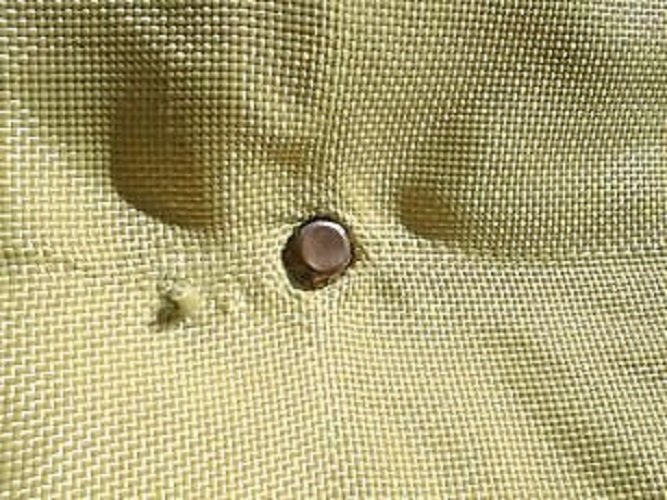Views: 0 Author: Site Editor Publish Time: 2024-10-28 Origin: Site








A ballistic helmet plays a vital role in personal protective equipment. These helmets are designed to shield from threats like bullets, shrapnel, or fragment, significantly reducing the risk of head injuries.
Understanding how ballistic helmets work and their compliance with the NIJ Standard (National Institute of Justice Standard) can help in choosing the right helmet for various tactical situations.

A ballistic helmet is a type of protective headgear designed to protect wearer against ballistic impacts, such as gunfire or explosive fragments. Sometimes referred to as a "bulletproof helmet", the term "bulletproof" is somewhat misleading because no helmet can offer complete protection besides all types of bullets. Instead, these helmets are engineered to resist penetration up to specific levels based on standardized criteria.

Ballistic helmets work by absorbing and distributing the energy of a high-speed projectile as fas as possible. The core of the modern ballistic helemets lie in the advanced materials like Kevlar or polyethylene, which are capable of withstanding significant forces.

The design features multiple layers that work together to slow down and spread the impact's energy across a larger area, reducing the risk of penetration and deformation. In addition, the helmet's internal padding helps absorb shock and ensures a secure fit for optimal protection.
The NIJ Standard is a widely recognized benchmark for evalutating the protective capabilities of ballistic helmets. It classifies helmets into different levels based on their ability against certain threats. For example, a Level IIIA ballistic helmet can effectively protect against handgun rounds up to .44 Magnum. This classification allows users to select theri ballistic helmet that meets their specific protection requirements, whether for military operations, law enforcement, or personal defense.

Choosing the right ballistic helmet is essential for anyone operating in high-risk environments. By understanding how these helmets work and ensuring they comply with the NIJ Standard, individuals can make informed decisions about their safety gear. While no helmet is completely "bulletproof," the right choice can offer reliable protection against a range of ballistic threats, providing vital security in dangerous situation






